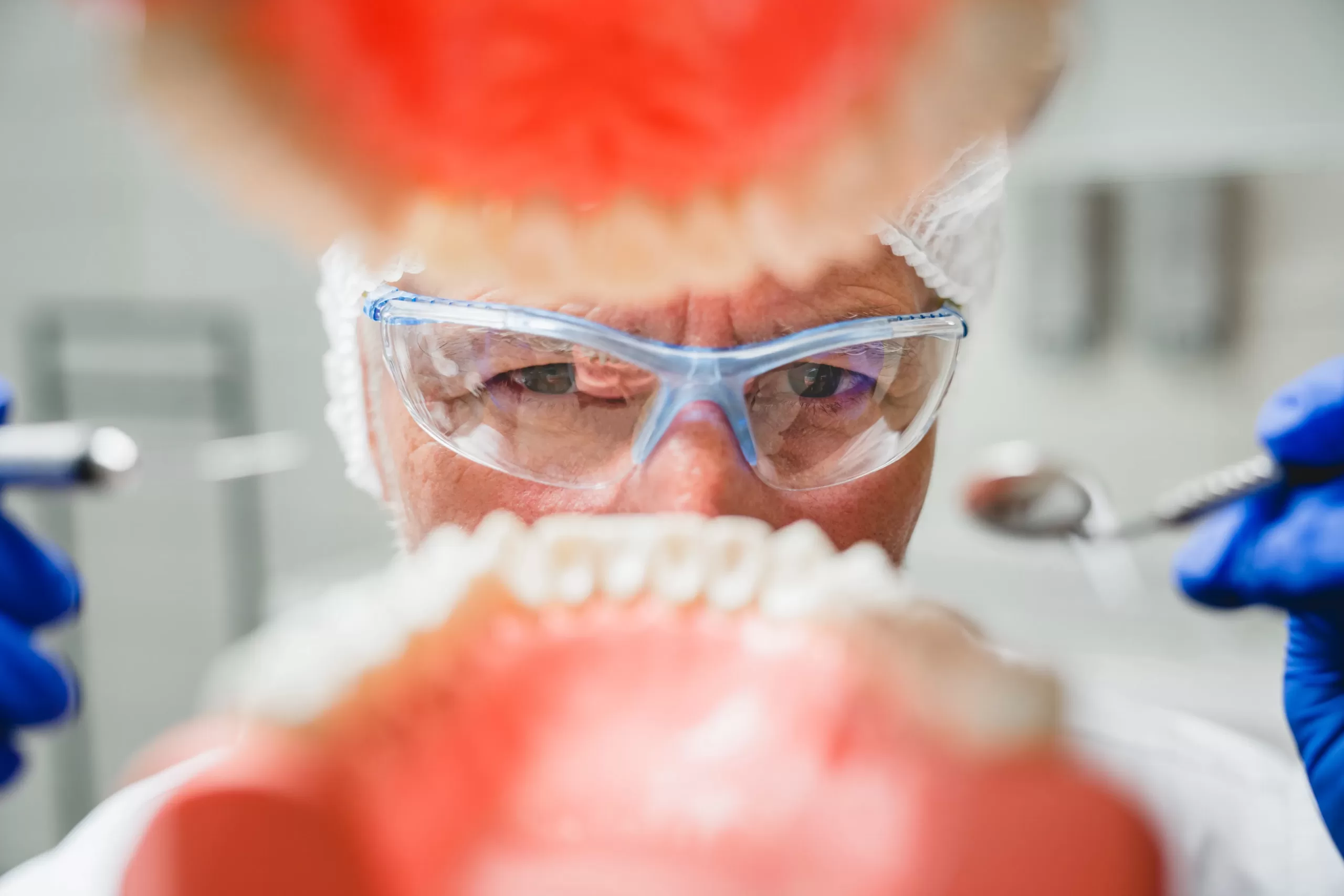Tooth fillings are restorative dental treatments designed to restore damaged or decayed teeth and relieve symptoms such as pain and sensitivity in your gums.
Before having a filling placed, your dentist will numb the area using a drill. They’ll remove any decayed material and may etch the surface to help bonding of fillings to occur more smoothly.
Composite Resin
Composite resin is a tooth-colored material used to fill small cavities or repair chipped teeth, as well as create dental veneers. Made of plastic resin that bonds directly to teeth, composite resin hardens with special curing lights for quick and painless application – often done all in one visit! Plus, unlike amalgam fillings which contain mercury vapors.
At the outset of a composite resin treatment, the dentist will apply an etching solution to roughen up the tooth’s surface in order to facilitate bonding with composite resin. They then remove any decayed material before shaping and shaping it to match up with natural form and color of tooth before curing light hardens it in place.
Resin composite fillings have become an increasingly popular alternative to amalgam fillings, yet it’s important to ensure they contain safe materials. A visit to a biological dentistry practice will reveal exactly which materials go into creating your composite resin and help answer any queries that arise from its use.
Composite fillings have the advantage of requiring less drilling than amalgam ones due to how their resin bonds with enamel, meaning less of your natural tooth needs to be taken out in order to place the filling. Furthermore, composites can usually be completed more quickly as direct restorations.
Composite fillings do not last as long as amalgam fillings due to discoloration of their composite resin over time, especially if you drink tea, coffee, or consume any stain-causing foods like staining drinks and foods such as tea-stains. This could cause sensitivity or necessitate root canal treatment if left untreated; to protect yourself against this it is wise to visit your dentist frequently and maintain good oral hygiene practices such as flossing daily and brushing twice daily.
Ceramic
Ceramic is a non-metallic material formed by shaping and firing inorganic material like clay at high temperatures, producing pottery, glassware, enamels, bricks and various dental applications such as crowns, bridges, inlays onlays and veneers. Ceramic materials have become highly sought-after due to their ability to closely replicate natural tooth enamel both visually and tactilely compared with plastic composite resins that typically last 10-15 years or more.
Ceramic fillings offer many advantages that metal amalgam fillings cannot, including durability and aesthetics. Ceramics can be customized to match the shade of existing teeth for seamless aesthetic integration; additionally, they resist staining well. Furthermore, since ceramics share similar thermal properties to tooth enamel they do not increase sensitivity to hot or cold foods or beverages or cause them to discolor over time like their metal counterparts might.
Ceramic fillings allow us to preserve much more of your existing tooth structure than standard fillings do, strengthening and reducing future crown requirements. Ceramic inlays and onlays also stand up better against chewing forces than standard fillings allowing greater chewing forces without cracking under strain.
Ceramic inlays and onlays offer many advantages over amalgam fillings in terms of being non-toxic. While amalgam can expand over time and cause cracks to form or further damage to occur in your tooth’s interior walls, ceramic fillings don’t become hot or cold sensitive and don’t increase pressure to your internal walls of your tooth as much. Furthermore, temperature fluctuations don’t increase your tooth sensitivity so much with ceramic onlays/inlays being less susceptible.
Traditional ceramic fillings require two appointments for production: taking an impression of your teeth, sending it off to a lab, then returning for fitting. Our CEREC system eliminates this tedious step by digitally designing and milling the restoration right in front of your eyes in under 10 minutes using state-of-the-art chairside milling technology – saving both time and discomfort by producing quicker, safer, more comfortable fillings!
Glass Ionomer
GIC (glass ionomer cement) is an economical direct restorative material often employed in dentistry as filling and luting cements, its composition made up of silicate glass powder combined with polyacrylic acid and an ion. The formulation involves reacting silicate glass powder with polyacrylic acid and an ion, producing an ionomer that allows fluoride release properties as well as bonding to both enamel and dentin surfaces without preparation being necessary. GIC has become particularly popular for pediatric dentistry due to its ease of application which allows placement even in lower molars without prior preparation; additionally, its release allows fluoride which helps prevent dental caries by helping release from its ionomer which aids release properties as it releases fluoride into its surroundings thereby helping prevent dental caries development in this manner.
Like composite resin, GIC is easy for dentists to apply quickly and efficiently, enabling them to work in the mouth quickly and efficiently. Highly water repellant, it may help reduce post-restoration sensitivity while still permitting patients to drink and eat normally; some reports have documented over 15 years of clinical performance by this ionomer material.
Ionomer resin is chemically stable, which allows it to adhere well to teeth. However, as moisture can affect setting of ionomers during curing processes, they may experience reduced tensile bond strength values; this issue may be addressed through pre-etching with phosphoric acid before using an ionic cleanser as a finishing touch.
Resin-modified glass ionomer (RMGI), unlike composites that require isolation of an area before curing can begin, can be filled and set in one single sitting allowing dentists to work in areas that can be hard to isolate without risk of leakage and post-operative sensitivity.
RMGI also boasts the advantage of being compatible with multiple composite resins to produce strong and long-term fillings, enabling dentists to select a material which best meets individual patient and clinical conditions. Furthermore, ceramic can also be added for aesthetic filling options.
Ionomers are often best used in low-stress areas like gum lines. Composite fillings may be better suited to chipped or broken teeth that have been exposed to more pressure; larger cavities or damage that is above the gum line often requires porcelain restoration like a crown restoration for optimal treatment.
Gold
Gold is one of the oldest dental restorative materials and has long been used to repair teeth with significant decay. Gold stands out as an exceptionally long-lasting filling material; it doesn’t corrode, discolor or wear away like other materials may do, fitting more closely against enamel and wearing down more slowly over time reducing chances of new decay at its margins over time. Furthermore, its resistance to bacteria penetration prevents any staining or discoloring issues associated with other filling materials like resin-based fillings that stain or discolor as much.
Gold fillings may no longer be as widespread, but it still may be used when other options are unavailable or when other metal allergies such as tin or nickel cause discomfort with other types of tooth fillings. Molars in particular benefit from gold due to greater chewing pressure compared to front teeth that can crack other types of fillings. Gold may also be beneficial in cases of metal allergies which cause irritation from other filling types.
Direct gold tooth fillings, more commonly referred to as “gold foil” or “gold inlays”, are composed of gold foil and powder compressed into the cavity preparation for an aesthetic yet conservative restoration. Gold inlays and onlays require minimal loss of healthy tooth structure, typically outlasting composite resin fillings in durability and long term performance.
An gold inlay can be the ideal solution for teeth with extensive decay beneath a cusp that cannot be covered by traditional filling or crown options. Once in place, the gold inlay is secured to its underlying cusp with special cement that won’t discolor over time and then trimmed to match the surrounding tooth’s level before polishing is applied to polish it further.
Gold tooth fillings are more costly than silver amalgam and require at least two visits to the dentist to place, yet can last 15-30 years and look pleasing. Unfortunately, however, they’re not recommended for molars due to increased chewing force; and due to being porous they conduct heat and cold differently from other filling materials, making the tooth more sensitive over time.
Disclaimer: The content on this blog is intended for general informational purposes only. It is not a substitute for professional medical advice, diagnosis, or treatment. Always consult qualified healthcare providers for personalized advice. Information regarding plastic surgery, dental treatment, hair transplant, and other medical procedures is educational and not a guarantee of results. We do not assume liability for actions taken based on blog content. Medical knowledge evolves; verify information and consult professionals. External links do not imply endorsement. By using this blog, you agree to these terms.










